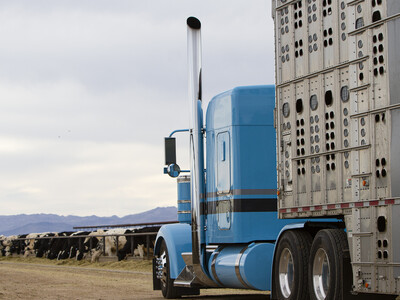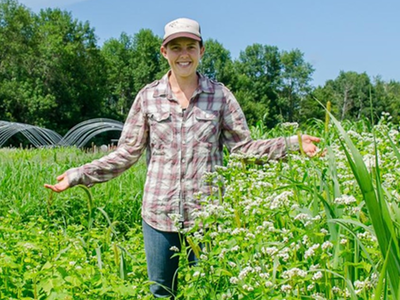Regenerative farming 1
Saving the soil: regenerative farmingAfter more than a hundred years of farming on the Palouse, soil scientists say the dirt is tired and worn out.
At current rates of soil destruction, decarbonization, erosion, chemical pollution within 50 years we will have diminished nutrition and loss of important trace minerals, and no longer have enough useable topsoil to feed ourselves.Eric Hasselstrom
"As a farmer, you're always looking," said farmer Eric Hasselstrom. "You only have so many years in life to grow crops. You're always wanting to do better and better things for the soil. I went to a lot of meetings back east to talk to high-yield winners. They were using molasses, emoluments, fertilizers. So I started playing with different sugars, putting them in a row, and then I started looking into prebiotics and stimulants and even looked into compost teas which are living organisms and hard to do. It came down to a company that was 40 years in the business. They worked really well in the biostimulants and I started looking into the bioactives seeking carbon," said Hasselstrom.
Seeking carbon in all forms to build soil. That led Hasselstrom to Gary Lewis and a company called NC Quest out of Canada, He's researching the carbon compounds in tractor exhaust.

















